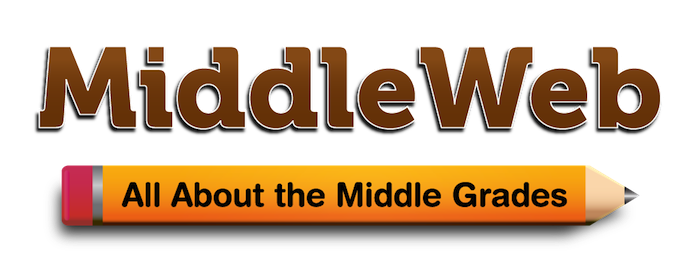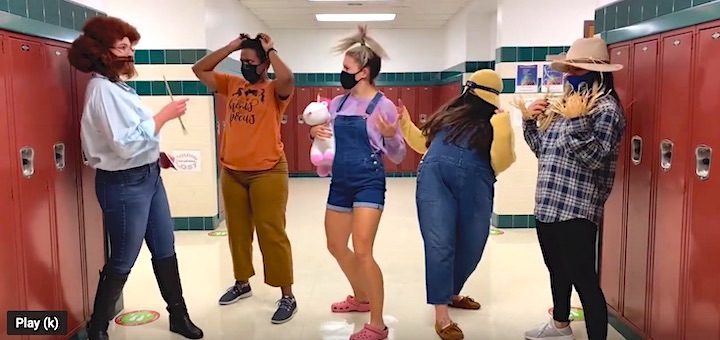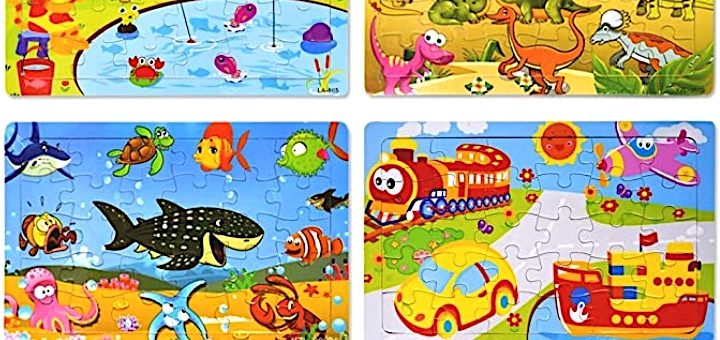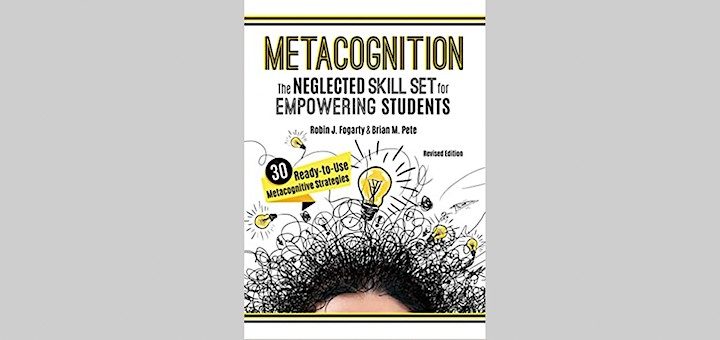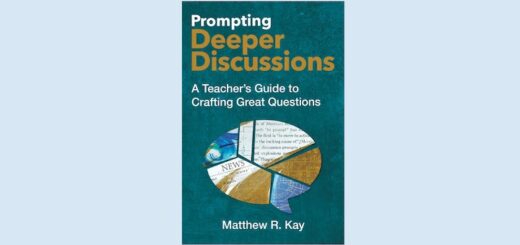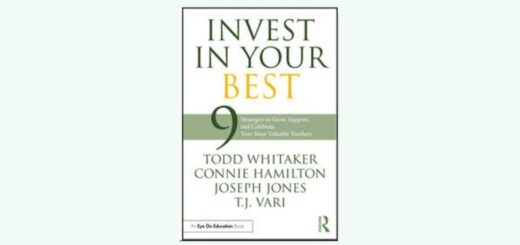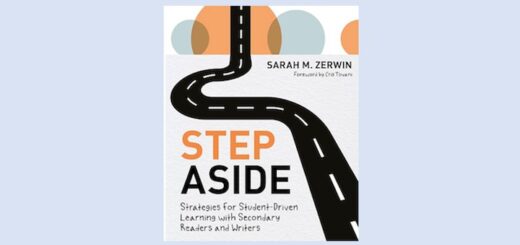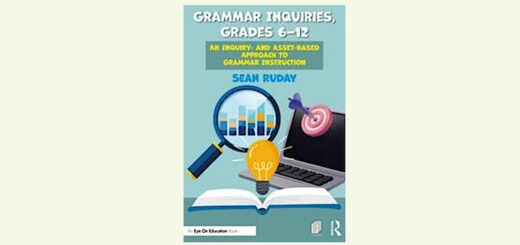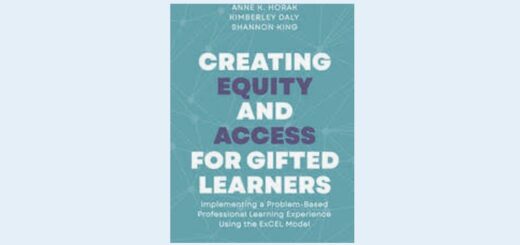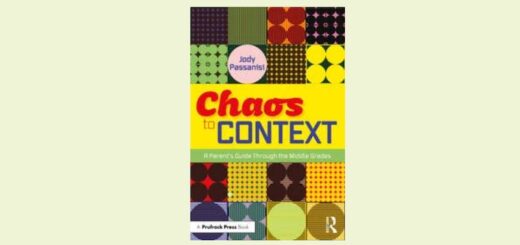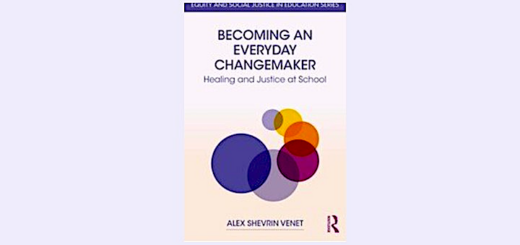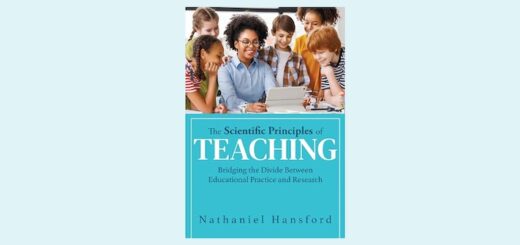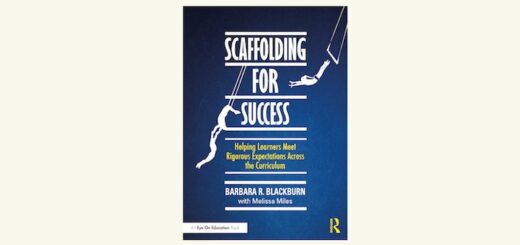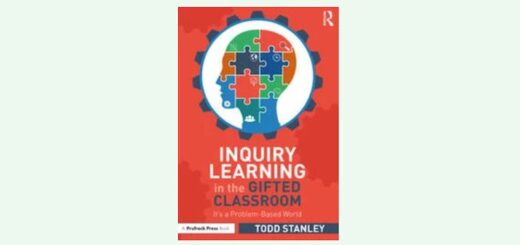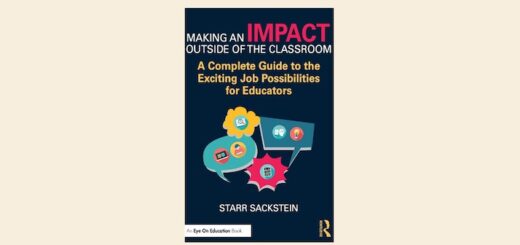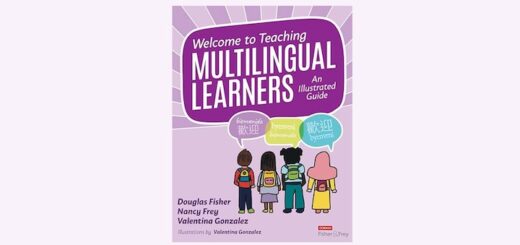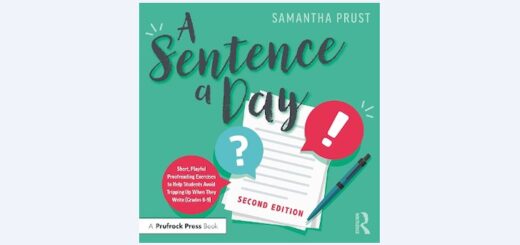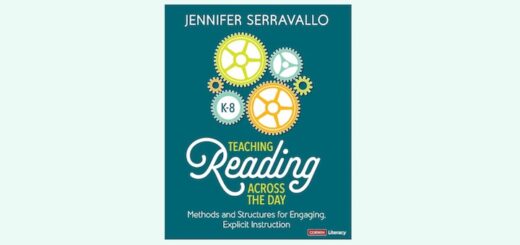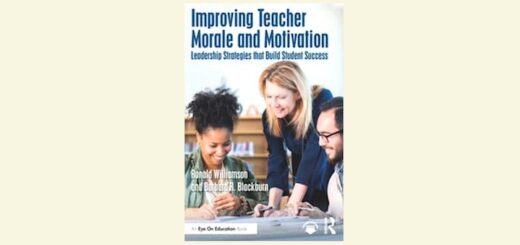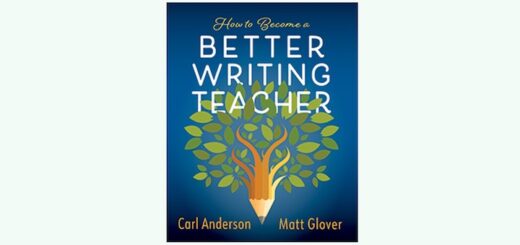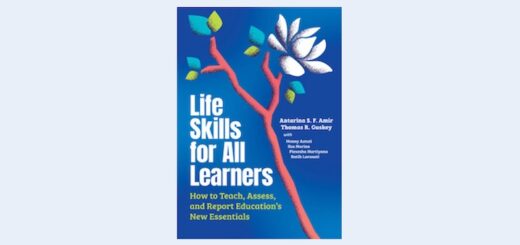Teaching and learning in grades 4-8
To get her 4th graders off their remote screens for a good old-fashioned, hands-on collage project to strengthen fine-motor skills, Mary Tarashuk asked them to create image-filled books exploring Room 4T’s central Social Studies question this year: “Who Is America?”
Todd Whitaker has the experience, research, data, anecdotes, and feedback from teachers and administrators to help readers see what “great teachers do differently.” He reminds us of the eternal importance of educators and the impact we make, writes Linda Biondi.
AP Chris Edwards and the staff of Kreps Middle School have been busy working to keep school spirit alive during fall and winter remote learning. Chris shares the school’s videotaped Challenges featuring staff and students dancing, singing, exercising, and more.
Active listening can take any virtual, hybrid or regular class into humanizing spaces that may motivate more students to join the learning process, writes coach and NBCT Elizabeth Stein. And if you’re co-teaching, the active listening process is easy to model!
Students have all too real tech issues interfering with online participation. But Dina Strasser’s pandemic experience tells her other kids’ black squares in Zoom signal disengagement. Here are 5 ways she’s keeping them tuned in with virtual class management strategies.
Teacher, author and adolescent literacy consultant Cris Tovani guides us through her 6Ts (Topic, Target, Task, Text, Time, and Tending) as she tells the story of her first virtual literacy workshop – with 7th graders who are studying the Sahara Desert. Engagement? CYA!
Michelle Russell loves teaching statistics and her students enjoy it too. But it took her a few years to find activities that really engage them and that also reinforce the statistics standards they need to learn. Here are three ideas she recommends for the middle grades.
In Metacognition: The Neglected Skill Set, Robin Fogarty and Brian Pete offer 30 grab-and-go strategies to help students create a new habit of mind, writes middle school director Jeny Randall. Along with tools for teaching, they invite us to hone our own metacognitive skills.
When we take the time to research and develop leadership styles that are true to our beliefs and values, while at the same time encouraging others to develop themselves and their own leadership styles, we become ethical and transformational leaders, writes AP DeAnna Miller.
Over the life of our nation, history has been recorded from a singularly white perspective. Pablo Wolfe, Mary Ehrenworth and Marc Todd suggest ways we can create truth-seeking communities in our schools and “inoculate our students against the viral spread of falsehood.”
